Best laptops for architects of 2024
Build your success with the best laptops for architects
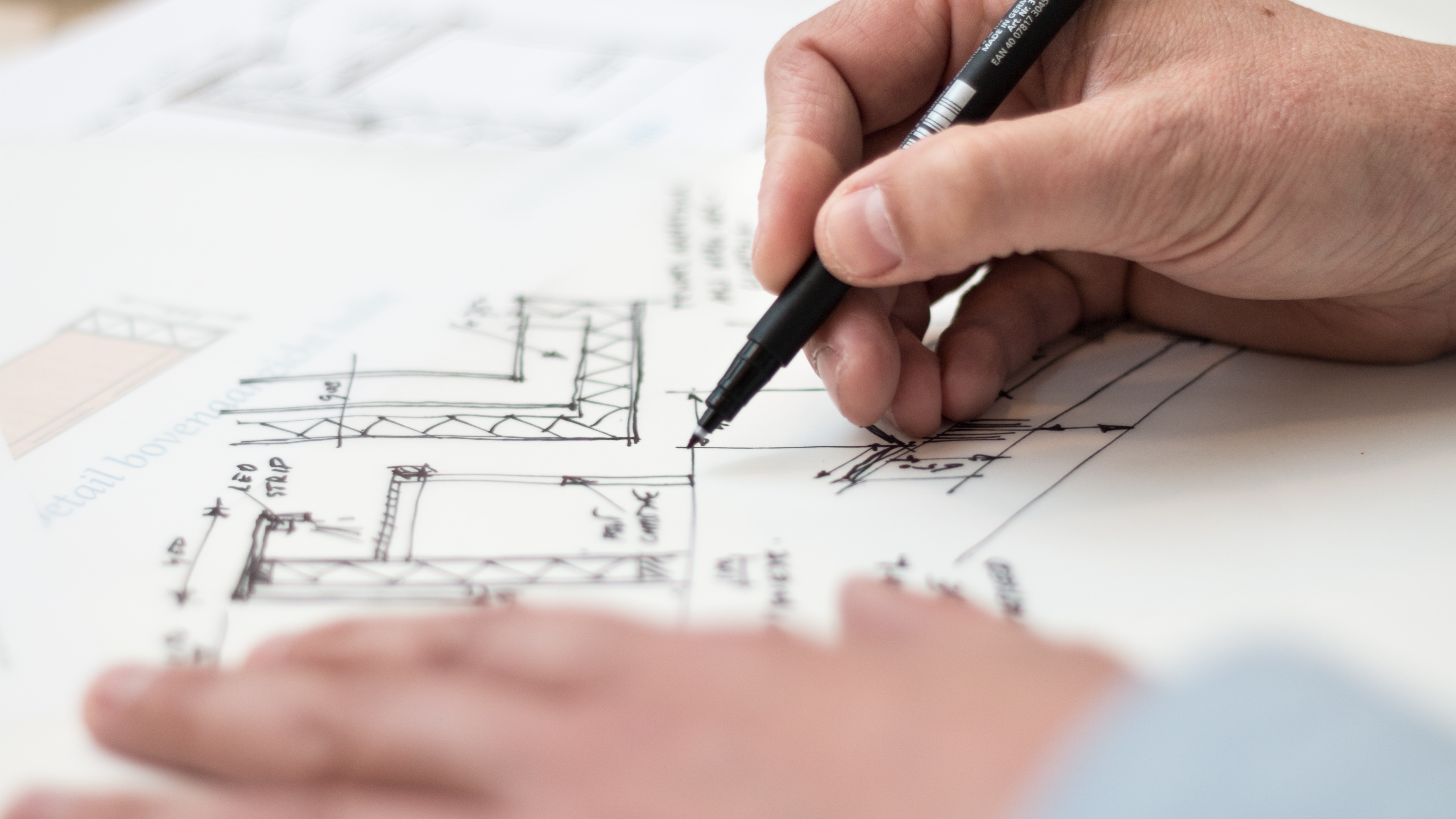
The best laptops for architects are powerful enough to breeze through computer-aided design and 3D renders, and portable enough to design at home, in the studio, and on the go.
Our team of reviewers have tested machines from the best business laptops and the best mobile workstations for professionals to the best laptops for architecture students just starting out their career.
Our top pick overall is the Apple MacBook Pro - its vibrant 16in display is one of the best, and provided your software is compatible with macOS, it absolutely powers through 3D design software.
Whether you need the precision of CATIA and AutoCAD or a machine for designing simple home interiors, we've rounded up our top-reviewed choices, comparing specs, running benchmark tests, and assessing the design, dimensions of the best laptops for architecture.
The quick list

You can't go wrong with the latest 16" MacBook: it has all the power and space you need, and a battery life other vendors will be suitably jealous of. Aside from the comparatively high price, the only other issue to watch out for is software compatibility.
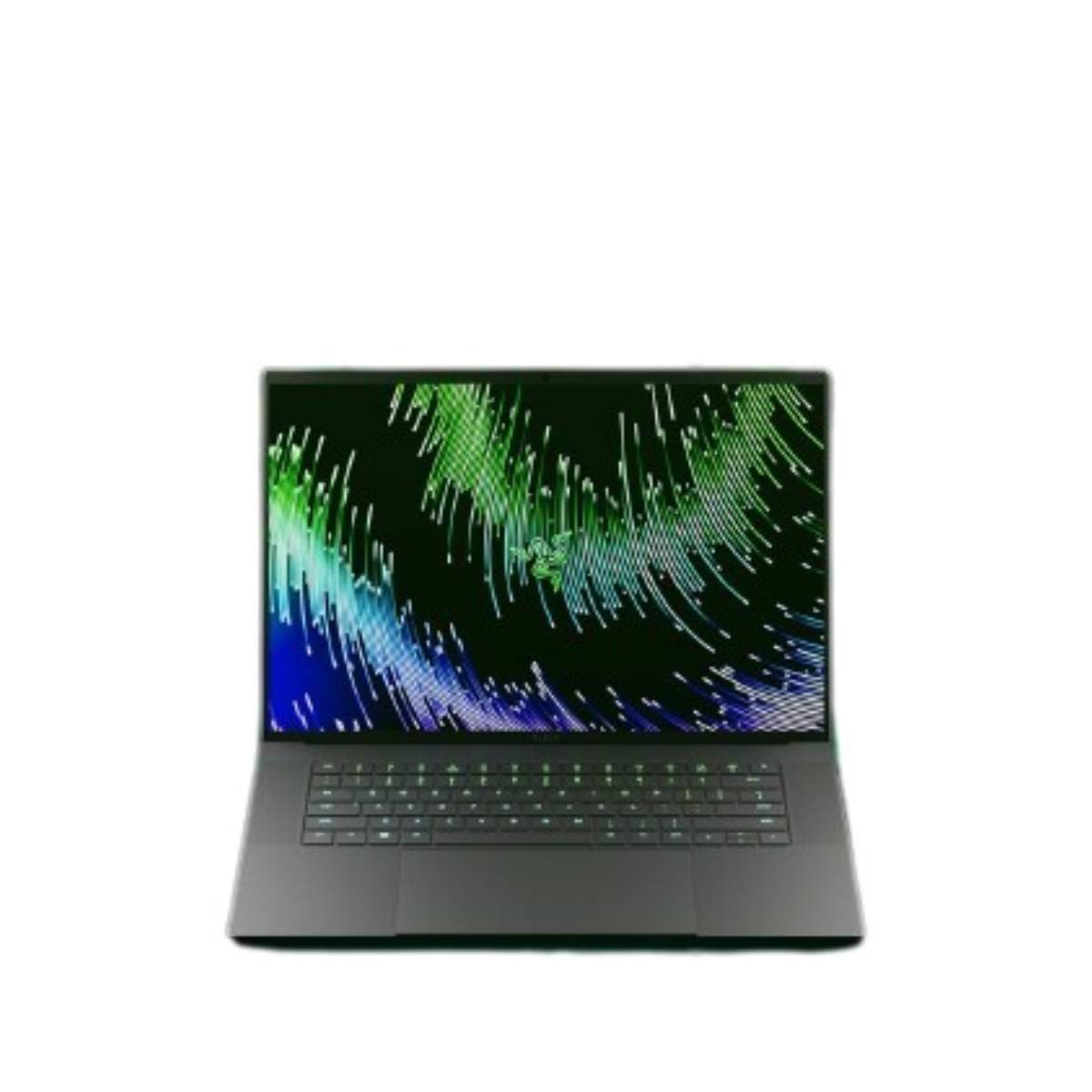
Although sold as a gaming PC, the Razer Blade 16 has all the power and graphics capability you need to run architecture software. Even better, it's a highly customizable option, and can deliver on one of the most powerful Windows laptops out there.
Read more below
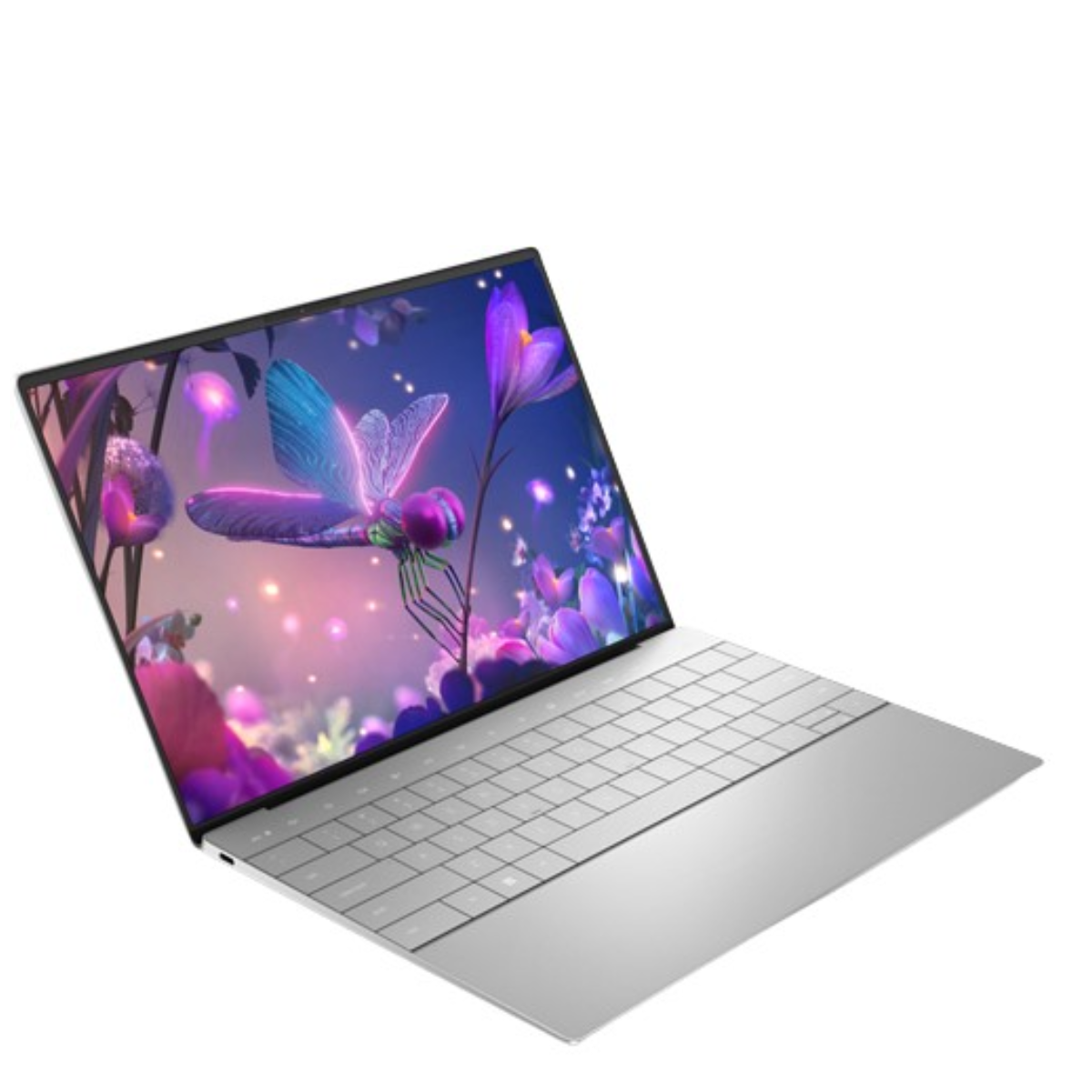
If you're looking for a more affordable option than the top range laptops above, then you can't go wrong with Dell XPS for most anything you need to do using a Windows 11 laptop.
Best laptop for architects overall
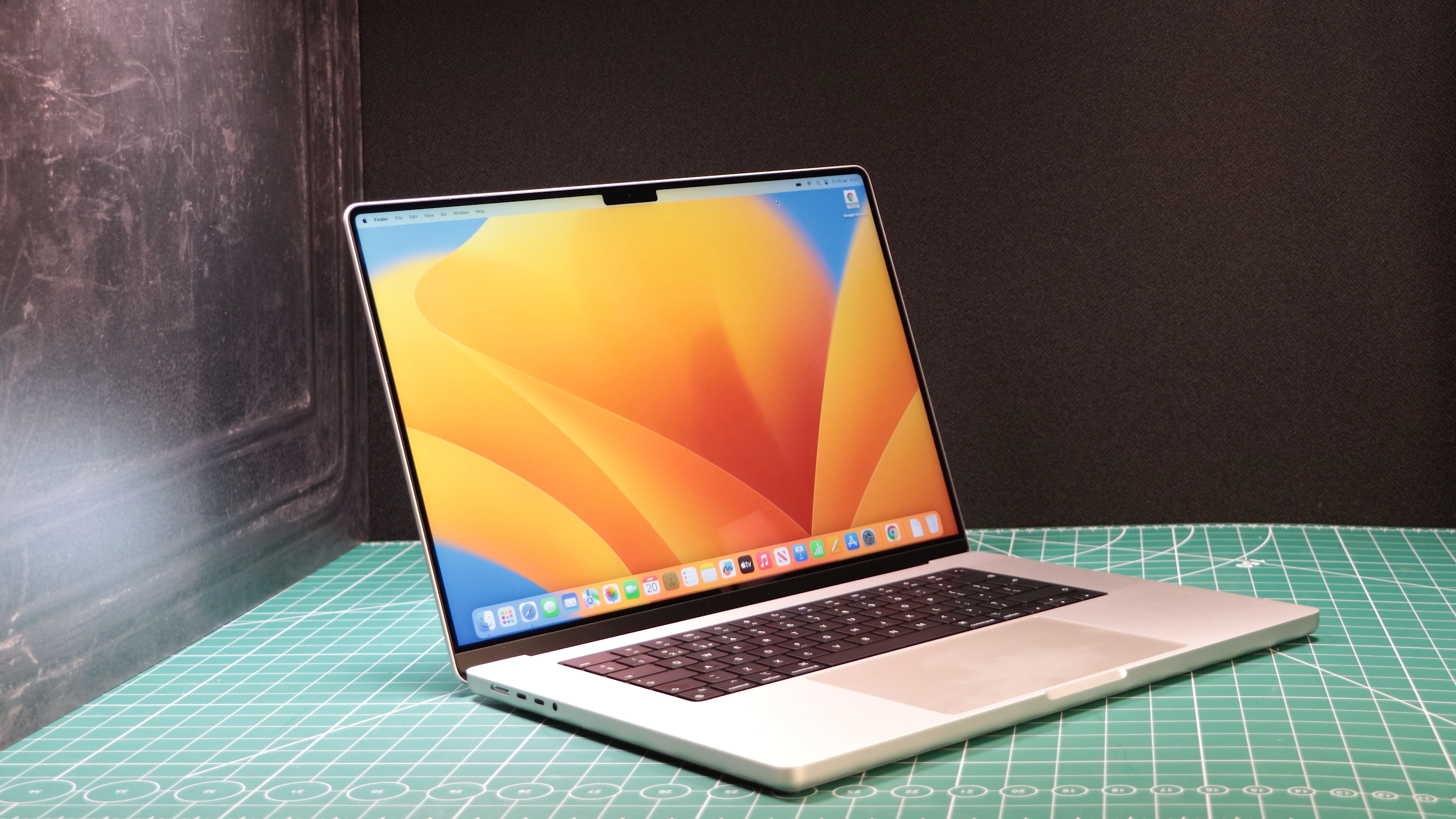
Specifications
Reasons to buy
Reasons to avoid
Voted 'Best in Class' by TechRadar, the latest MacBook Pro is a true powerhouse, making it ideal for architects.
There are actually 3 base models available, all of which can be customized but we feel the mid-range option for $2699 provides a good balance between raw power and cost.
During our in-depth review, we found the new M2 Pro CPU was able to handle all the tasks our editor Matt threw at it. Even when on battery life, this caused only a tiny hit to synthetic benchmark results, but no noticeable drop in performance.
While we're on the subject, using a MacBook Pro also provides some assurance that you won't run out of juice when lugging your device around a construction site, as our tests showed that the advertised battery life of 20 hours was spot on. Unlike many other laptops, this MacBook Pro doesn't throttle performance when on battery, which is a key consideration for architects constantly on the go.
The reason we chose this particular model as the base hard drive is a 1TB SSD (Solid State Drive), which we feel is large enough to handle installation of popular 3D-modelling and design programs. Our benchmarks also showed that loading times were excellent.
The Retina XDR display is perfect for 3D modelling and presentations, given that the ProMotion refresh rate of 120Hz keeps everything looking dazzling. Although there's a 14 inch model available, we feel the 16-inch display is better suited for browsing through larger designs.
You can upgrade the specs on the M2 Pro model up to 32GB memory. The M2 Max model can also be upgraded to a huge 96GB memory, though this will cost an extra $200-$400 dollars. In our opinion this is the only good reason to upgrade the CPU as the M2 Pro was more than capable of handling complex graphics and processing tasks in our tests. Just bear in mind that upgrading to the M2 Max and 96GB of unified memory will set you back at least another $1400.
If you do need more processing power the M2 Max model offers twice the unified memory bandwidth of the M2 Pro at 400GB/s. Both versions can be upgraded to a whopping 8TB of storage space, though it'll set you back an extra $2,200 to max out your SSD.
Besides the high cost, the only real downside to opting for a MacBook Pro is that of compatibility. True, there are Mac versions of some of the most popular architectural software like AutoCAD, the latest version of which now officially supports Apple chips.
Other popular programs like Autodesk 3ds Max are Windows only. While there's an ARM-compatible version of Windows 11 traditionally software that uses OpenGL (as many graphics apps and CAD tools do) hasn't worked well.
The good news is that the latest version of Parallels has much better OpenGL support, allowing you to run virtualized versions of programs like VariCAD, Deswik.CAD and Vectorworks Vision 2023 from your Mac. Still, if you're seriously considering a Macbook Pro we suggest speaking with the app developer to check if it's fully compatible with macOS.
Read our full Apple MacBook Pro 16-inch review
Best architecture laptop for graphics performance
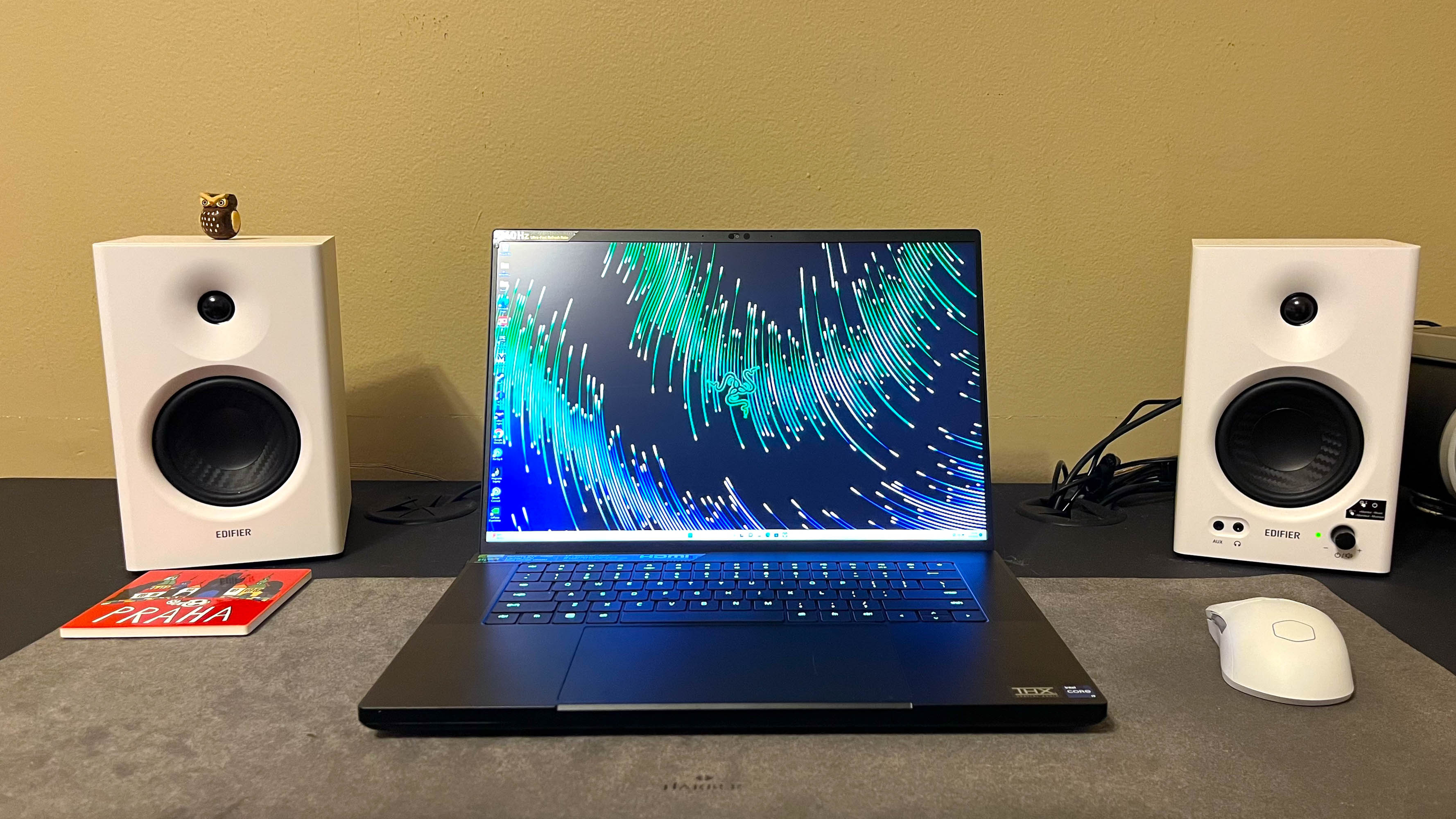
Specifications
Reasons to buy
Reasons to avoid
The Razer Blade series are actually high-end gaming laptops. Still, what better way to be sure that you can run resource-intensive CAD software and complex models than with machine specifically designed to provide excellent graphics performance.
Unlike the MacBook, this laptop comes with an Intel CPU. This means it can run the latest version of Windows 11, so is more likely to be compatible with whatever architecture software or platform you use.
The Blade 16 is actually highly customizable. Although we've recommended the model with a 16" screen here, you can actually specific up to 18 inches. Perhaps one of the biggest draws for architects is that the Razer Blade 16 has a mini-LED display, which supports dual mode. In other words it can handle both 4K 120Hz (UHD+) and 1080p 240Hz (FHD) content natively. This means that any images, 3D renderings and models you pull up are going to be much clearer than inferior displays that simply take 4K content and render it down to whatever resolution they support.
The refresh rate in particular is impressive, as usually you'd need to have a separate external monitor to benefit from this kind of graphics quality and speed. The only downside is that you need to use Razer's own proprietary app to switch between monitor modes, then reboot the laptop.
The Razer Blade 16 can be customized with a variety of graphics cards. The specs we're recommending for architects is the one with a NVIDIA GeForce RTX 4090 card with 16GB of GDDR6 VRAM. This should be sufficient for any modern CAD/modeling software. High processing power is also assured by maxing out the DDR5 RAM to 32GB.
Naturally powering a high-end graphics card is a drain on the battery. We found in our tests that it lasted around 5 hours between charges, leaving it well behind the MacBook Pro. On the plus side, there are multiple ways to charge the laptop given that you can also use the Thunderbolt or USB-C ports for charging alongside the official power supply.
If you do choose this model of Razer Blade 16, you also benefit from 2TB (2 x 1TB) NVMe SSDs, which offer much faster read/write speeds than the previous SATA models. This should be more than sufficient for months of architectural designs - the fact that the drives are separate also means you can use one for loading the operating system and another for archiving older files, making your laptop tick over faster.
The Razer Blade 16 weighs in at 5.40 lbs (2.45 kg), making it rather hefty compared to slimline ultrabooks and MacBook Pros. Still the aluminum chassis makes it sturdy enough to handle the kinds of bumps and scrapes you can encounter in the field.
The only major downside to choosing a high-end gaming laptop like the Razer Blade 16 is the price, as maxing out the specs can actually be more expensive than an Apple device. If you're happy with the series but are on a tighter budget, consider buying a slightly older model like the Razer 15.
Read our full Razer Blade 16 review
Best laptop for architects on a budget
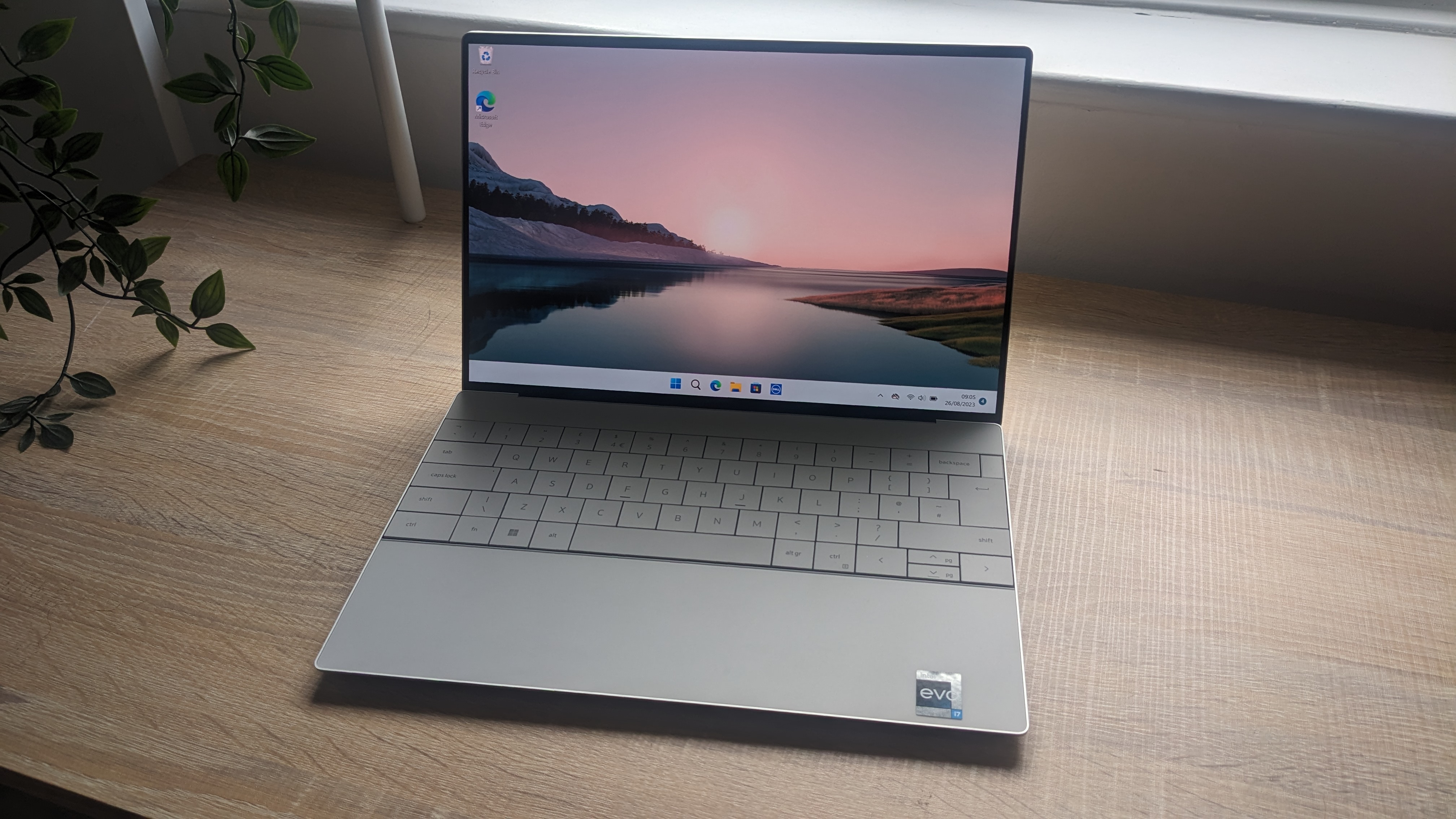
Specifications
Reasons to buy
Reasons to avoid
Dell's series of laptops has frequently graced our roundup of the best ultrabooks available. As the name suggests, the plus is actually a premium version of the Dell XPS 13 with more powerful hardware and a slightly better design.
There are a number of configuration options but all come with the Intel i7-1360P CPU, which is suitable for virtually any architectural software on the planet. Integrated graphics re provided via Intel Xe.
The lack of dedicated cards may make some architects hesitate before signing up but our benchmarks revealed that the XPS Plus 13 is actually a very good workhorse. Our first tests revealed the CPU is actually around a third faster than the previous model.
In terms of overall system performance, the laptop's Crossmark score was 1510 - to put this into perspective the latest 2023 Macbook Pro we've reviewed above has a typical score of 1800. Our reviewer had no trouble downloading and playing the resource-intensive first-person shooter Valorant.
Unfortunately even when not playing games, the XPS 13 Plus battery lasted barely 7 hours, which may not be enough for architects who are regularly in the field. This is balanced out by fast charging via Thunderbolt 4. The biggest draw for architects starting out is this model is relatively powerful and reasonably priced.
Read our full Dell XPS 13 Plus review
Best laptops for architects: FAQs
What's the best kind of laptop for an architect?
Given most architects use the best 3D modeling software and CAD programs, you'll need a laptop with a relatively recent CPU and ideally a dedicated graphics card. These are resource-hungry apps, after all. We also recommend 16GB of RAM and 512 GB of SSD storage as a bare minimum - anything less will likely cause performance issues.
Before buying, make sure to read independent reviews and check benchmarks like system performance and battery life.
If you're on a budget and your employer won't loan you a business laptop to run the necessary software, make sure to shop around. Companies like Apple and Amazon offer a certified refurbished program. We've also rounded up the best laptop for AutoCAD deals
Some CAD software like OnShape is cloud-based, so you may be able to use a lower spec laptop by accessing the platform via your browser. For extra savings, we're tracking the best laptop for AutoCAD deals, too.
How to choose the best architecture laptop for you
Architects now have to use the best architecture software to bring their designs to life, and having a capable laptop is essential for efficient workflow, complex 3D modeling, rendering, and architectural design software. When selecting a laptop for architectural purposes, there are several key factors to consider that can significantly impact performance, productivity, and the ability to handle resource-intensive tasks:
Processing power and multi-core performance
Architectural design software often requires significant processing power to handle complex 3D models, rendering, and simulations. Therefore, the CPU (central processing unit) is the most important part of a laptop. The better the CPU, the faster your computer handles 3D modeling and Adobe programs. At a minimum, you will need a 4-core processor with at least a 2.4 GHz clock speed. We recommend at least a 6-core processor to handle multi-threaded architecture tasks.
RAM
RAM is a very important component as it dictates how many programs your laptop can run simultaneously. Adobe programs, Rhino, and V-Ray all use a lot of RAM, so we recommend at least 16 GB in your laptop. Additionally, consider a laptop with upgradeable RAM options if you anticipate working on more demanding projects in the future.
Storage
Look for laptops with solid-state drives (SSDs) rather than traditional hard disk drives (HDDs). SSDs provide faster data access, resulting in quicker file loading times and improved overall system responsiveness. It would be best to choose storage capacity to accommodate large design files, software installations, and project backups. We recommend purchasing a laptop with enough SSD space for the OS and your architecture programs and then purchasing an external HDD to store your files.
Graphics performance and dedicated GPU
A dedicated graphics card is a must for architecture. Many architecture programs like Rhino and Revit use GPU hardware acceleration to achieve the best performance. Consider a laptop with a dedicated GPU, such as an NVIDIA or AMD Radeon Pro series, to ensure optimal graphics performance and better handling of architectural design software.
It is also ideal for the graphics card to have as much RAM as you can get. 2 GB is the minimum it should have, but more is better.
Display quality and resolution
Look for laptops with high-resolution displays, preferably Full HD (1920x1080) or higher, to ensure crisp and detailed visuals. Additionally, consider laptops with IPS (In-Plane Switching) or OLED (Organic Light-Emitting Diode) panels, as they offer wider viewing angles, accurate color reproduction, and better contrast ratios and are known for their dynamic color and contrast. That will give you adequate color accuracy for your drawings and renderings.
A larger screen size, such as 15 inches or more, can provide more screen real estate for multitasking and work on intricate design details. A 4K screen will look the best and have the best color accuracy.
Connectivity and expansion options
Ensure that the laptop offers a range of connectivity options, including USB ports (preferably USB 3.0 or higher), HDMI, DisplayPort, or Thunderbolt 3 outputs. And if you take a lot of pictures, an SD card slot is something to consider. This allows for seamless connectivity with external devices and simplifies data transfer between devices.
Are you a pro? Subscribe to our newsletter
Sign up to the TechRadar Pro newsletter to get all the top news, opinion, features and guidance your business needs to succeed!
Nate Drake is a tech journalist specializing in cybersecurity and retro tech. He broke out from his cubicle at Apple 6 years ago and now spends his days sipping Earl Grey tea & writing elegant copy.